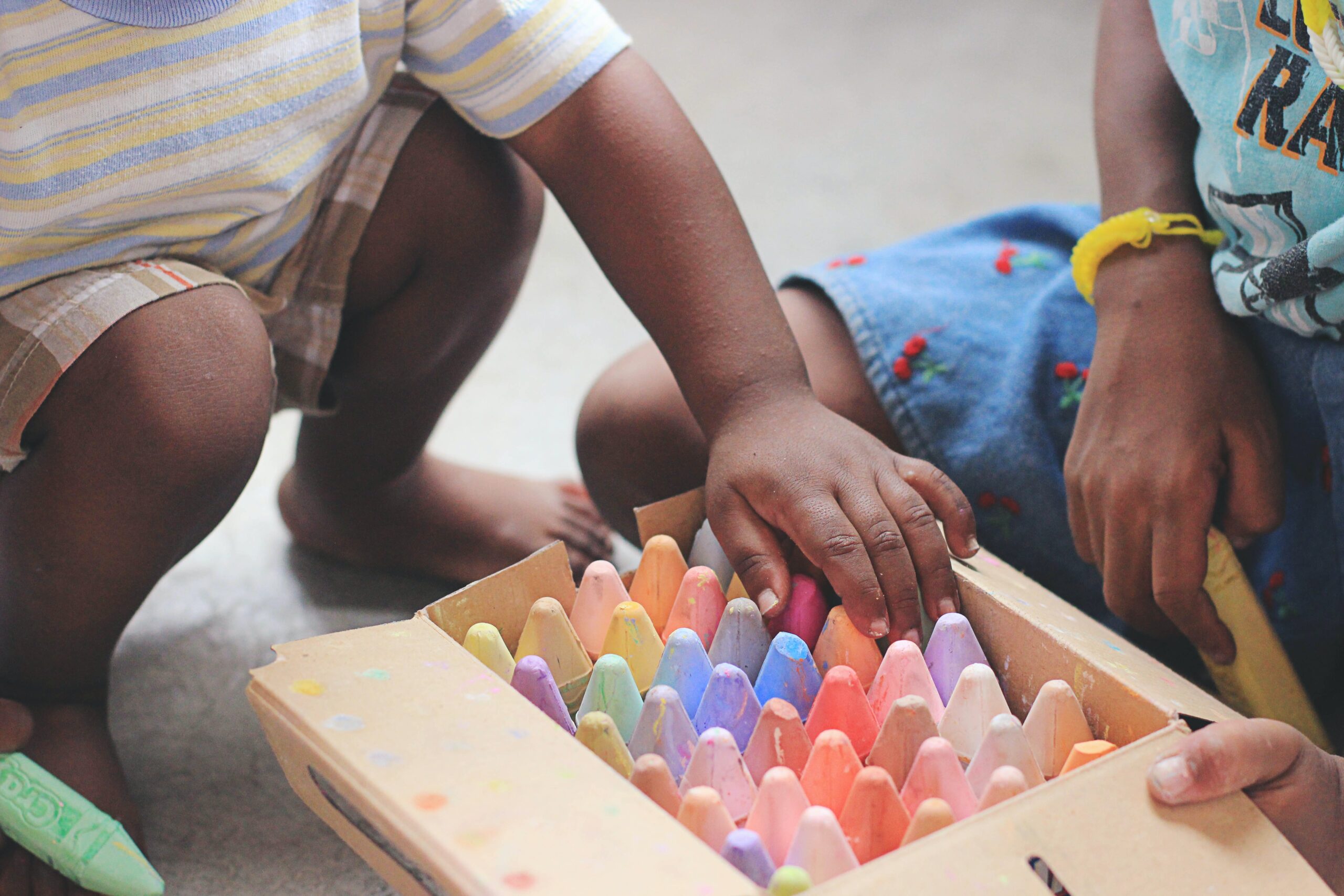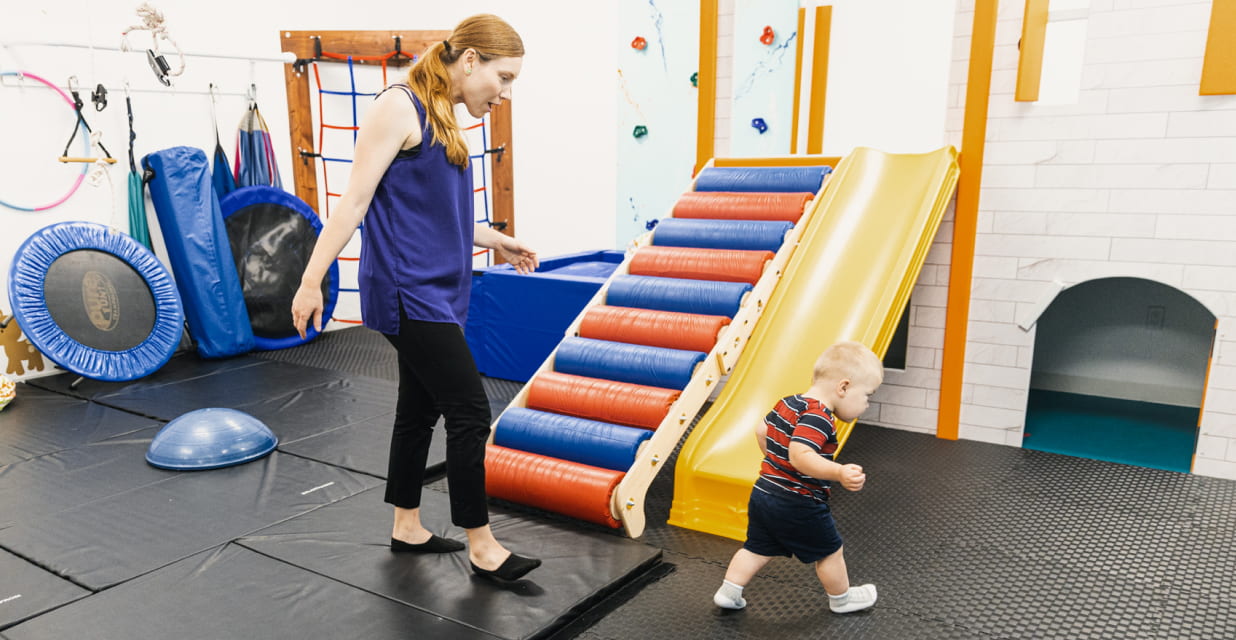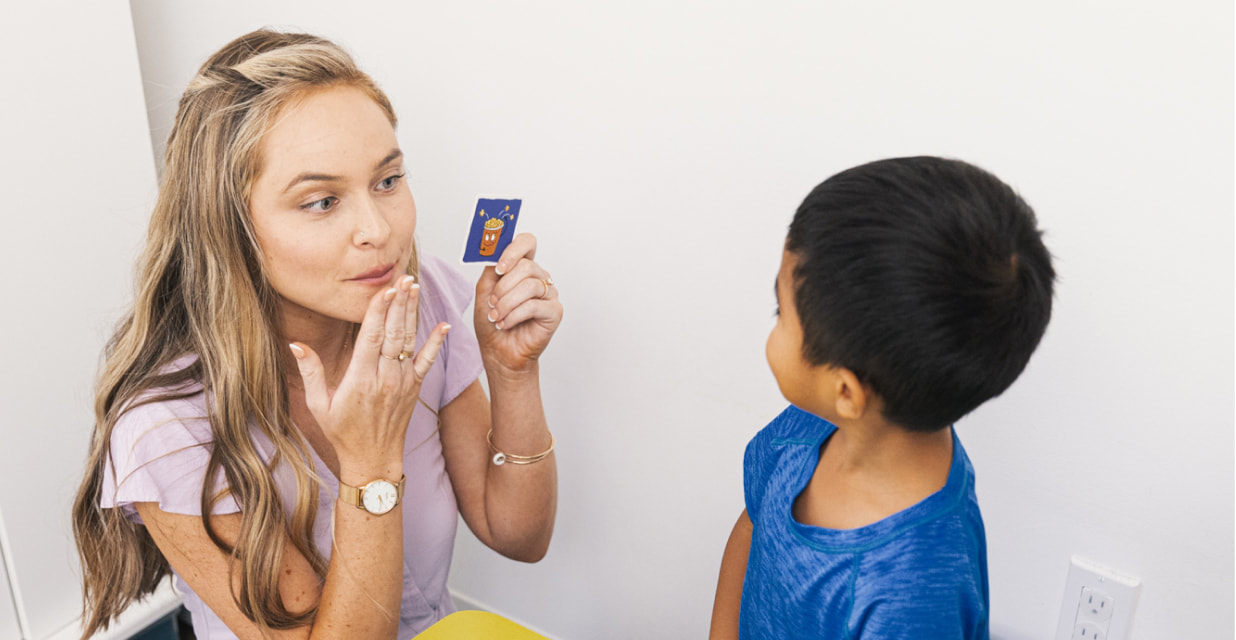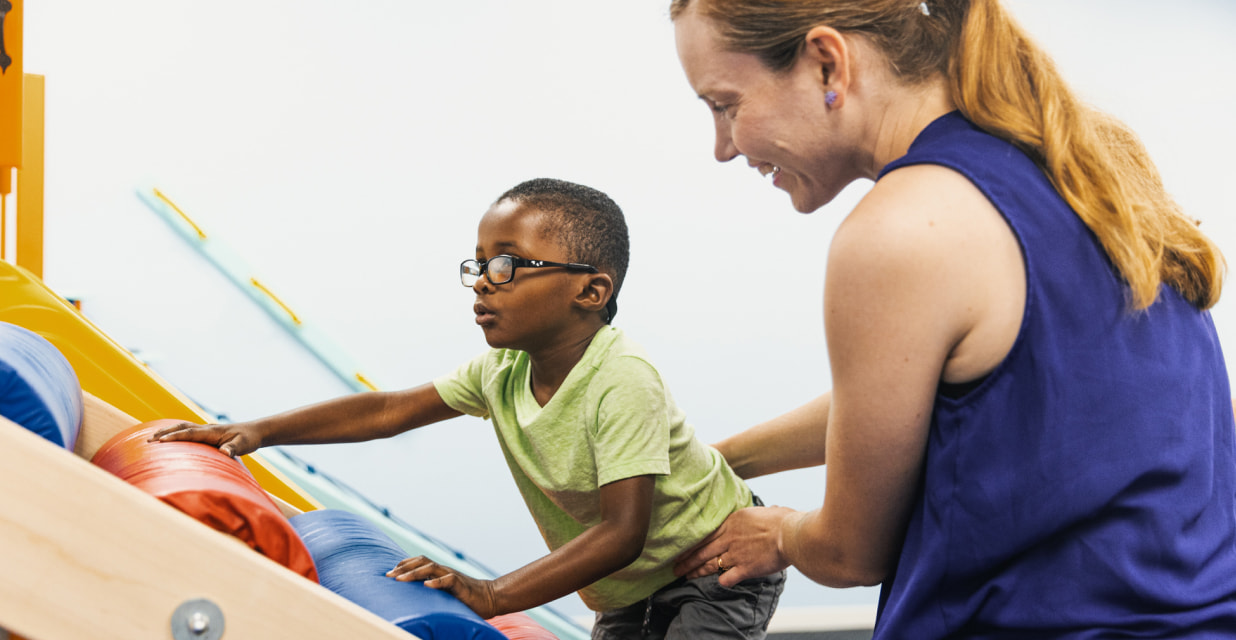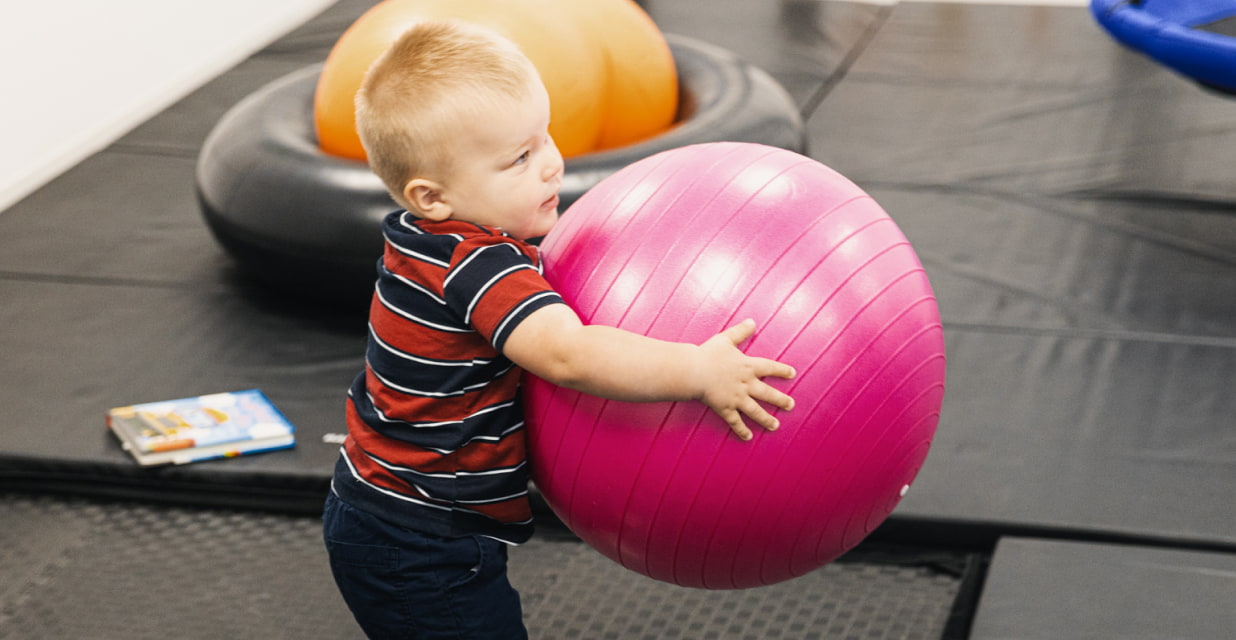As the holidays approach, we’re hearing many parents ask for gift recommendations! We
thought we’d put together another gift guide for 2022.
Experience Gifts
Your family could make gingerbread houses, bake a family recipe together, or play some
seasonal music while going for a drive to look at the lights in festive neighborhoods. Consider
packing dinner and going to see a seasonal movie together at the Santee Drive in. A family day
trip out to Julian or to Mt Laguna after a big rain to see the snow is often treasured more than
any gift or gadget! Experience gifts are wonderful ways to share new sensory experiences
together, and you can build in options for flexibility to support your children.
Gross Motor Play
For your busy child who seeks movement, consider obstacle course materials like balance
stones or beams, a mini trampoline, a pop up tunnel, or even a three-wheeled scooter or a
balance bike! If you’ve got outdoor space, perhaps consider a climbing dome or a new swing
or trapeze attachment for your play structure. For items that can be easily packed away, we
love the floor is lava game, parachutes, basketball hoops that hook anywhere, and bean
bags. Your child’s occupational therapist would love to show you at least 4 different exercises
for your child on a child-sized therapy ball. Our other favorite balls for indoor or outdoor play
include soft weighted balls, playground balls, and beach balls or balloons for children still
learning how to catch.
Pretend Play
You name it, they’ve made it: doctor’s kits, cash registers, dress up outfits, tool sets, and
sets with pots, pans, and pretend food. Pretend play enables children to experiment with the
social and emotional roles of life. They take another person’s perspective and enjoy controlling
the narrative. Children tend to develop skills in pretend play which start with familiar, everyday
experiences (sleeping, eating.), expand to less frequent experiences (visiting the doctor, going
on a plane). Children may feel more competent acting out scenes of a movie they’ve seen many
times than pretending to be adults they’ve only encountered a few times like a doctor or even a
grocery clerk. Start with your children’s strengths and interests, and build from there!
Hands-On (Fine Motor and Tactile) Play
From creative activities like drawing or painting to scooping and digging through kinetic sand,
play activities that build up the muscles of the hand are excellent for your child’s development.
We love easels you can put outside for a messy paint project or in the house for drawing on the
whiteboard. Some children may engage better while standing and working at a vertical surface
than seated at a table. We love dot-to-dot or maze books for quiet times. For children who
need extra pizazz with this type of play, we love jumbo chalk along with a water spray bottle
to erase, doodle boards that light up or play music when you draw, scratch paper books, and
of course, you can never go wrong with a fresh batch of playdoh.
Food-Related Play
If you’re looking for tools to bring your child into the kitchen, we’ve got a few favorites! Toddler
towers or kitchen helpers can provide opportunity for your child to get in among the action,
drizzling (or dumping!) ingredients together, using plastic tongs to move foods from one
container to another, or even just small measuring scoops and a sponge to play with soapy
water at the sink (and to keep them busy while you cook!). For children old enough to
participate, consider child-safe kitchen knives, shaped like a real knife but with a plastic/nylon
blade, or perhaps pick out a child-friendly cookbook together.
Constructional Play
To support your child’s skills in problem solving, fine motor control, dexterity, and spatial
awareness, consider constructional play materials. We love wooden block sets, lincoln logs,
marble runs, and of course the tried and true lego (or duplo / mega blocks for younger
children). We like constructional play activities that come with picture cards that provide a visual
goal for what to build, like light bright or k’nex, and we also love toys that encourage children
to ditch the models and create their own ideas. And for the child who loves a challenge,
stacking rocks as well as magnet building tiles may build both caution and resilience.
Social and Emotional Play
We love games and materials that encourage expression of a wide range of emotions, like
wooden eggspressions toys, the Big Feelings Pineapple, or books like Grumpy Monkey or
The Color Monster. Board games are a wonderful gift for family fun. For children who often
end competitive games with a chip on their shoulder, we love cooperative board games like
Mermaid Island, Dinosaur Escape, and Count your Chickens. We also love social
inferencing games like Hedbandz or Charades.
For more ideas on gifts specific to your child, check out our article from 2021! If you’d like ideas
specific to your child, please don’t hesitate to ask your child’s therapist for their input.
By Rachel Marshall, OTR/L
